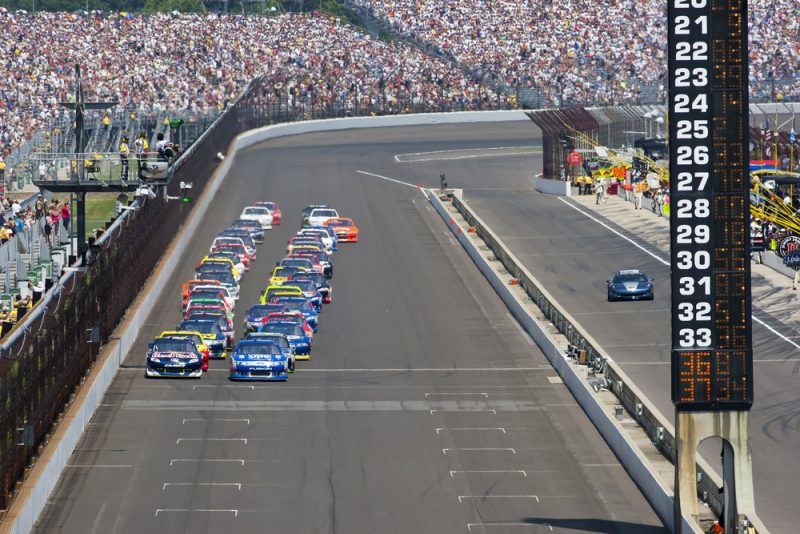More sports stadiums turn to solar energy

Solar energy is powering 37 professional sports facilities across the country, according to research released by the Solar Energy Industries Association (SEIA).
Professional teams have installed more than 46 megawatts (MW) of solar capacity at 37 arenas or stadiums.
Every sports league in the country, including the NFL, NBA, Major League Baseball (MLB), NHL, Major League Soccer (MLS), NASCAR and IndyCar uses solar energy. Specifically, one third of the NFL stadiums has solar energy, while about 30 percent of MLB and NBA facilities use it.
Overall, nearly 42 million Americans attended an event at a stadium, arena or raceway last year with a solar energy system.
“This data is further proof that solar energy is a meaningful contributor to America’s energy portfolio,” SEIA president and CEO Abigail Ross Hopper said. “Ballparks and stadiums nationwide are investing in solar to save money on costly electricity bills and demonstrating that clean energy is a smart business choice for the future. Solar is becoming so commonplace on sports stadiums and arenas that all of the 2018 champions thus far have been teams with solar facilities – the Philadelphia Eagles, Golden State Warriors and the Washington Capitals right here in D.C.”
The Indianapolis Motor Speedway, home of the famous Indy 500, has the most solar power in professional sports with 9,600 kilowatts (kW) onsite. Also, the NBA’s Sacramento Kings purchase some of their electricity from a 11,000 kW system near Sacramento. Further, the Sonoma Raceway in California provides 41 percent of the racetrack’s energy usage. Also, Mercedez-Benz Stadium, home of the Atlanta Falcons, generates enough electricity to power all the Falcons’ home games.
“The adoption and investment in solar energy systems by the sports and entertainment industry has been a critical element in the sports greening movement,” Justin Zeulner, executive director of the Green Sports Alliance, said. “Leagues, teams, venues, collegiate campuses, athletes, arenas and stadiums are all vital in reducing our reliance on fossil fuels and these clean-energy investments support building healthier, more sustainable communities where we live and play.”
